From San Lorenzo El Escorial it was about half an hour back to Manzanares El Real on some back roads. The area is close enough to Madrid than many of the towns in the area have a quite prosperous suburban look about them with many modern buildings and nice housing developments due both to commuters and second home owners. We got back for "Barbacoa", a backyard barbecue the Jesus and Mariangeles characterized as lunch, maybe because it was our first food of the day other than some churros even though it was late afternoon by the time we ate. Jesus grilled up a big meat feast of Chorizo, Morcilla (blood sausage), Chuletas de Cordero (lamb chops), and Costillas (pork ribs) which were again only accompanied by crusty bread and a small salad. Oh, and of course some red wine. Jesus's interesting cooking techniques was to cook all the meats on pieces of hot slate laid over the fire on the grill.
Things stay open late in Spain and being so far west in the time zone it stays light quite late in June too despite a latitude similar to that of New York and Denver
. So after what I considered to be dinner they took me on a tour of the town and its environs, including a short ride up into the Sierra Guadarrama and an ermita (chapel) overlooking the town. The true highlight of Manzanares El Real, though, is its 15th century Isabelline Gothic Castle, one of the most important in central Spain built by Diego Hurtado de Mendoza, Count of Real de Manzanares, Marquis of Santillana, and Duque de Infantado. As well as being fun to tour, Gosthic castles like this one are good places for picking up decorating ideas for the next time I have a house of my own. Since I invested in some Renaissance style furniture the last time I owned a house it makes sense to stick with the style. I am refusing to let my tastes ever change.
The village church in Manzanares El Real is covered with stork’s nests, apparently quite common in many parts of Castile where storks have learned to prefer church steeples to trees as stable high nesting sites. I learned that storks are called Ciguenas in Spanish and that they also bring babies in Spain. It’s not just an English-speaking country tradition.
Manzanares El Real - Castles & Spanish Hospitality
Monday, June 09, 2008
 Manzanares el Real, Madrid, Spain and Canary Islands
Manzanares el Real, Madrid, Spain and Canary Islands
Other Entries
-
1Madrid - Arrival in the Capital
Jun 063 days prior Madrid, Spain and Canary Islandsphoto_camera54videocam 0comment 0
Madrid, Spain and Canary Islandsphoto_camera54videocam 0comment 0 -
2Segovia - City of the Aqueduct and the Alcazar
Jun 072 days prior Segovia, Spain and Canary Islandsphoto_camera69videocam 0comment 0
Segovia, Spain and Canary Islandsphoto_camera69videocam 0comment 0 -
3Palacio La Granja de San Indefonso
Jun 072 days prior San Ildefonso o La Granja, Spain and Canary Islandsphoto_camera27videocam 0comment 0
San Ildefonso o La Granja, Spain and Canary Islandsphoto_camera27videocam 0comment 0 -
4El Escorial - The Monastery of San Lorenzo
Jun 081 day prior El Escorial, Spain and Canary Islandsphoto_camera20videocam 0comment 0
El Escorial, Spain and Canary Islandsphoto_camera20videocam 0comment 0 -
5Manzanares El Real - Castles & Spanish Hospitality
Jun 09 Manzanares el Real, Spain and Canary Islandsphoto_camera43videocam 0comment 0
Manzanares el Real, Spain and Canary Islandsphoto_camera43videocam 0comment 0 -
6Bilbao - Industrial Hub of the Basque Country
Jun 101 day later Bilbao, Spain and Canary Islandsphoto_camera56videocam 0comment 0
Bilbao, Spain and Canary Islandsphoto_camera56videocam 0comment 0 -
7The Bilbao Guggenheim
Jun 112 days later Bilbao, Spain and Canary Islandsphoto_camera34videocam 0comment 0
Bilbao, Spain and Canary Islandsphoto_camera34videocam 0comment 0 -
8Vitoria-Gasteiz - The Basque Countrys Third City
Jun 123 days later Vitoria-Gasteiz, Spain and Canary Islandsphoto_camera40videocam 0comment 0
Vitoria-Gasteiz, Spain and Canary Islandsphoto_camera40videocam 0comment 0 -
9Pamplona - Navarre's Capital Without the Bulls
Jun 134 days later Pamplona, Spain and Canary Islandsphoto_camera41videocam 0comment 0
Pamplona, Spain and Canary Islandsphoto_camera41videocam 0comment 0 -
10Basque Food - One of the World's Finest Cuisines
Jun 145 days later San Sebastian, Spain and Canary Islandsphoto_camera47videocam 0comment 0
San Sebastian, Spain and Canary Islandsphoto_camera47videocam 0comment 0 -
11San Sebastian - Basque Seaside CUlinary Capital
Jun 156 days later San Sebastian, Spain and Canary Islandsphoto_camera112videocam 0comment 0
San Sebastian, Spain and Canary Islandsphoto_camera112videocam 0comment 0 -
12Signs of Basque Separatism
Jun 167 days later San Sebastian, Spain and Canary Islandsphoto_camera54videocam 0comment 0
San Sebastian, Spain and Canary Islandsphoto_camera54videocam 0comment 0 -
13Chillida-Leku Museum - San Sebastian
Jun 178 days later San Sebastián - Donostia, Spain and Canary Islandsphoto_camera32videocam 0comment 0
San Sebastián - Donostia, Spain and Canary Islandsphoto_camera32videocam 0comment 0 -
14Trek Day 1 - Irun to Vera di Bidasoa
Jun 189 days later Irun, Spain and Canary Islandsphoto_camera31videocam 0comment 0
Irun, Spain and Canary Islandsphoto_camera31videocam 0comment 0 -
15Trek Day 2 - Vera de Bidasoa to Col de Iratxko
Jun 1910 days later Vera de Bidasoa, Spain and Canary Islandsphoto_camera27videocam 0comment 0
Vera de Bidasoa, Spain and Canary Islandsphoto_camera27videocam 0comment 0 -
16Trek Day 3 - Col de Iratzko to Elizondo
Jun 2011 days later Elizondo, Spain and Canary Islandsphoto_camera19videocam 0comment 0
Elizondo, Spain and Canary Islandsphoto_camera19videocam 0comment 0 -
17Recovery in Elizondo
Jun 2213 days later Elizondo, Spain and Canary Islandsphoto_camera26videocam 0comment 0
Elizondo, Spain and Canary Islandsphoto_camera26videocam 0comment 0 -
18Biarritz & Return to San Sebastian, June 23 - 28
Jun 2819 days later Biarritz, Francephoto_camera16videocam 0comment 0
Biarritz, Francephoto_camera16videocam 0comment 0 -
19Bayonne, France - June 29
Jun 2920 days later Bayonne, Francephoto_camera16videocam 0comment 0
Bayonne, Francephoto_camera16videocam 0comment 0 -
20Lescun, France - Second Beginning of Trek
Jun 2920 days later Lescun, Francephoto_camera19videocam 0comment 0
Lescun, Francephoto_camera19videocam 0comment 0 -
21Trek Day 1 - Lescun to Cabane de Lapassa
Jun 3021 days later Cabane de Lapassa, Francephoto_camera58videocam 0comment 0
Cabane de Lapassa, Francephoto_camera58videocam 0comment 0 -
22Trek Day 2 - Cabanne de Lapassa to Col du Somport
Jul 0122 days later Col du Somport, Francephoto_camera66videocam 0comment 0
Col du Somport, Francephoto_camera66videocam 0comment 0 -
23Trek Day 3 - Col du Somport to Refuge D'Ayous
Jul 0223 days later Refuge D'Ayous, Francephoto_camera33videocam 0comment 0
Refuge D'Ayous, Francephoto_camera33videocam 0comment 0

 Manzanares el Real, Madrid, Spain and Canary Islands
Manzanares el Real, Madrid, Spain and Canary Islands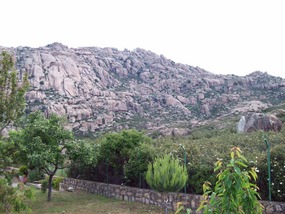


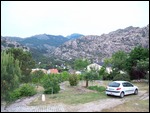
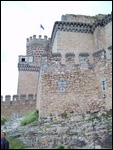
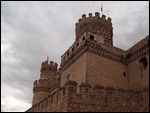
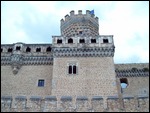
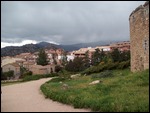
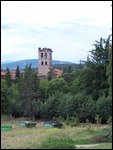
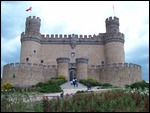
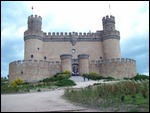
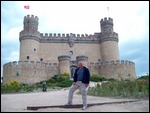
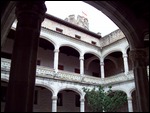
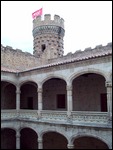
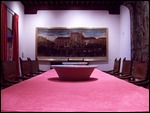
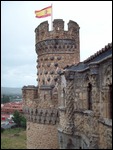
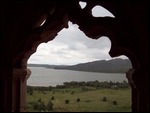
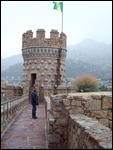
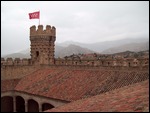
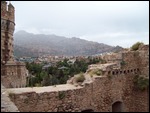
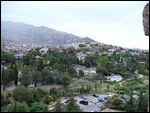
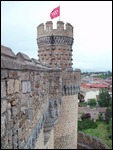
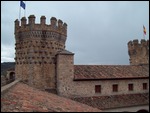
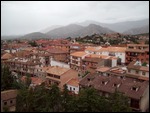

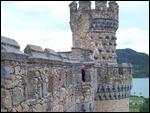
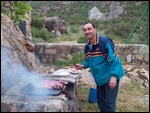

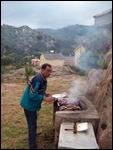
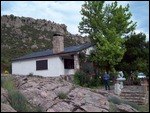
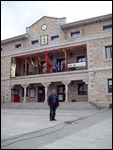

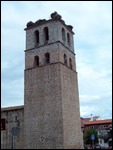
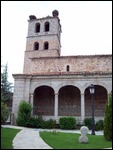
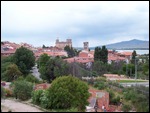
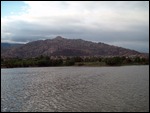
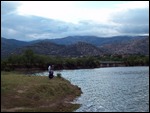
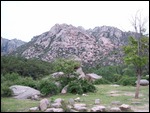


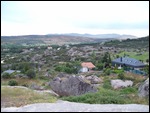
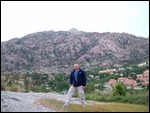
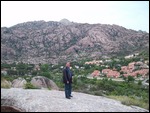
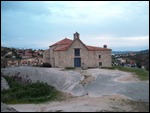
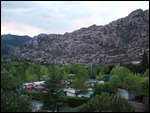
2025-05-22